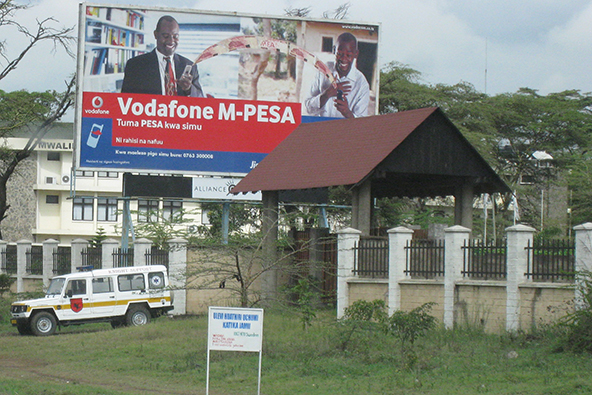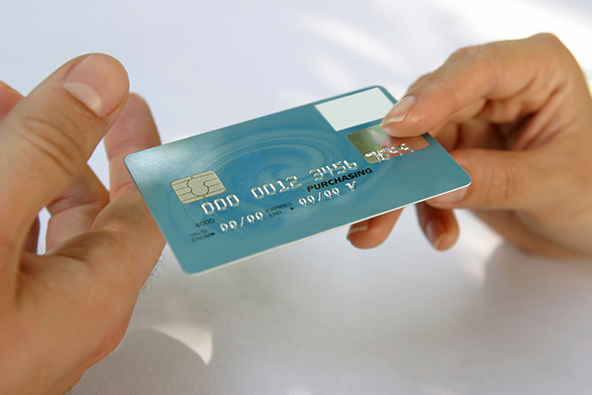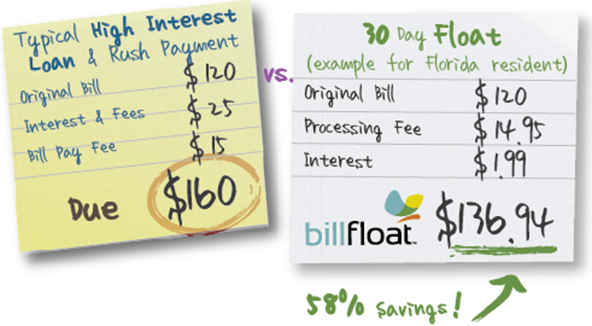How to Pick Up Fraudulently Used Credit Cards

Merchants who follow best credit card processing practices in face-to-face transactions will inevitably be confronted with a situation where there is overwhelming evidence that the customer presenting a card for payment is not the legitimate cardholder. What do you do then? Well, industry rules require that you pick up the card, return it to the issuer and notify your processing bank. Doing so is also in your own best interest, as the payment, if processed, will eventually be charged back and you may suffer financial losses. In this post I will explain when and how a card should be picked up and what to do after that.
When to Pick Up a Card
Any of the following circumstances provide sufficient grounds for picking up a customer’s card:
- The account number on the front of the card is different from the one stored in the magnetic stripe. After the swipe, the point-of-sale (POS) terminal “reads” and displays or prints on the transaction receipt the last four digits of the account number. If different from the last four digits, the card is invalid and should be picked up. Some POS terminals may be programmed to verify the numbers electronically.
- The account is found on the Electronic Warning Bulletin or the International Warning Notice.
- The four-digit number imprinted within the signature panel on the back of the card doesn’t correspond to the last four digits of the account number on the front of the card.
- The cardholder’s photo, if present on the front of the card, doesn’t match the customer.
- “Pick Up” authorization response. If you receive such a response to an authorization request, it means that the issuer wants to recover the card.
- You are instructed to pick up the card by the issuer’s operator during a Code 10 call.
How to Pick Up a Card
If you find yourself in one of the above scenarios, here is what you should do:
- Only attempt to pick up the card if it can be done safely. Do not take risks and return the card immediately, if the customer behaves in a threatening manner.
- Inform your customer that you were instructed to keep the card and that he or she should contact the card issuer for additional information.
- Be calm and polite. Your job is to pick up the card, not to judge your customer.
- Once you have picked up the card, contact your?áprocessing bank?áfor instructions.
- Cut the picked up card in half lengthwise and try not to damage the hologram, the account number, or the magnetic stripe.
- Mail the cut-up pieces to your processor.
In case the customer behaves threateningly towards you, complete the transaction and, once he leaves the store, call your processor’s voice authorization center and report the incident. It may now be too late to prevent this particular fraudulent transaction from taking place, but the criminal will be unable to use the same card again in the future.
There are cash rewards available to merchants who have picked up invalid or counterfeit cards or have contributed to the arrest and conviction of criminals attempting to use stolen cards. These rewards may be symbolic, but the main incentives for merchants are the limiting of their risk exposure and fraud losses.
Image credit: Interia.pl.


